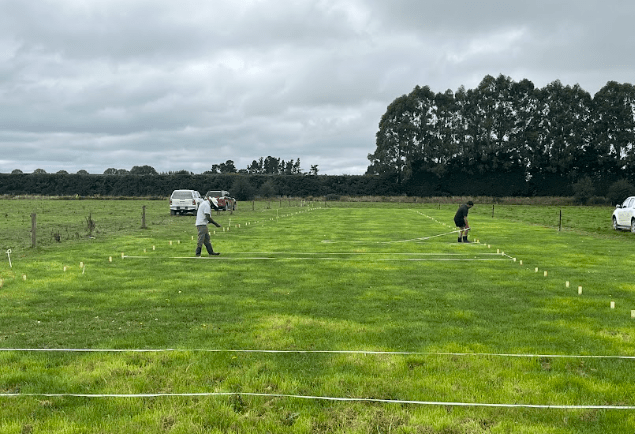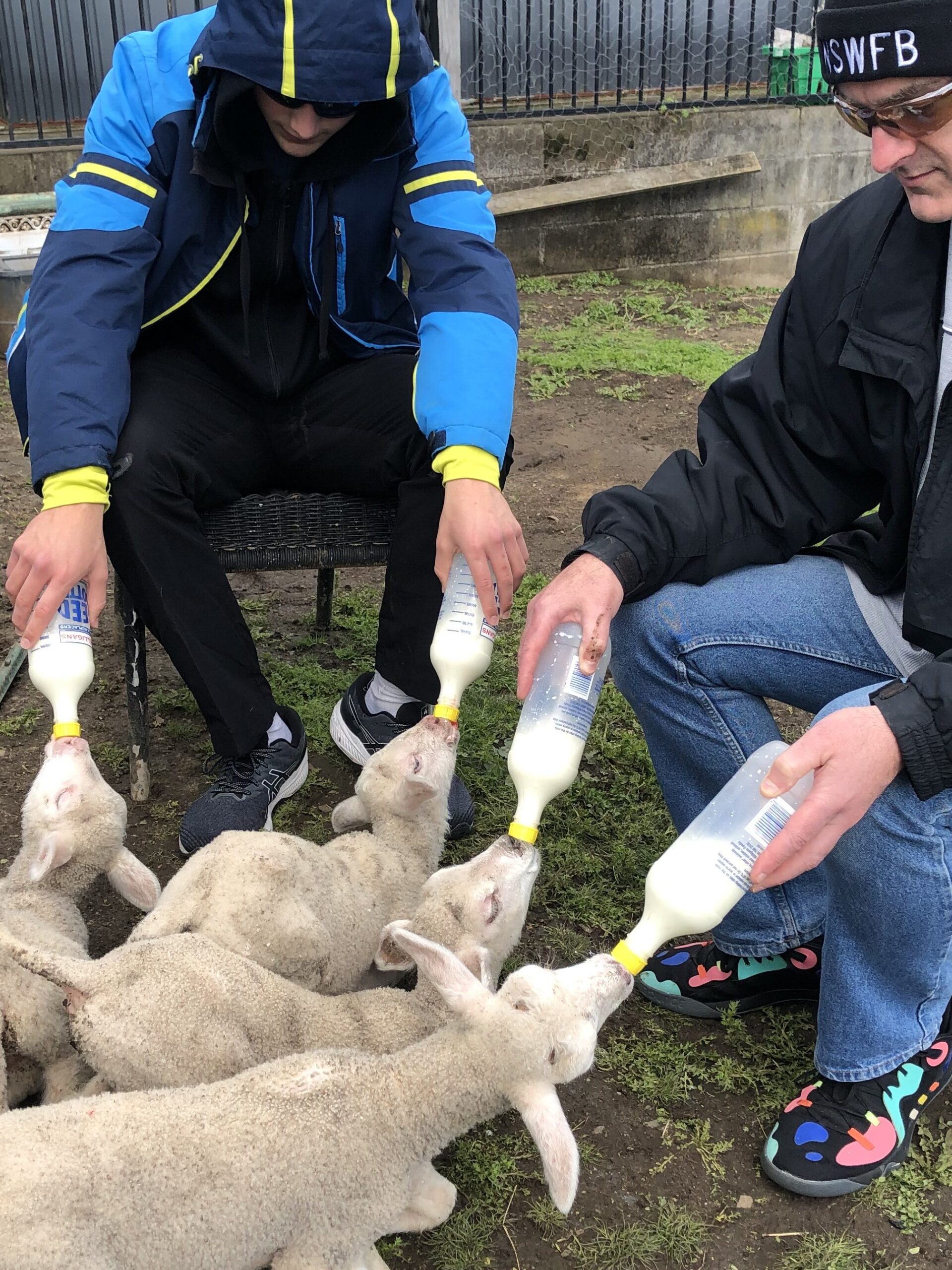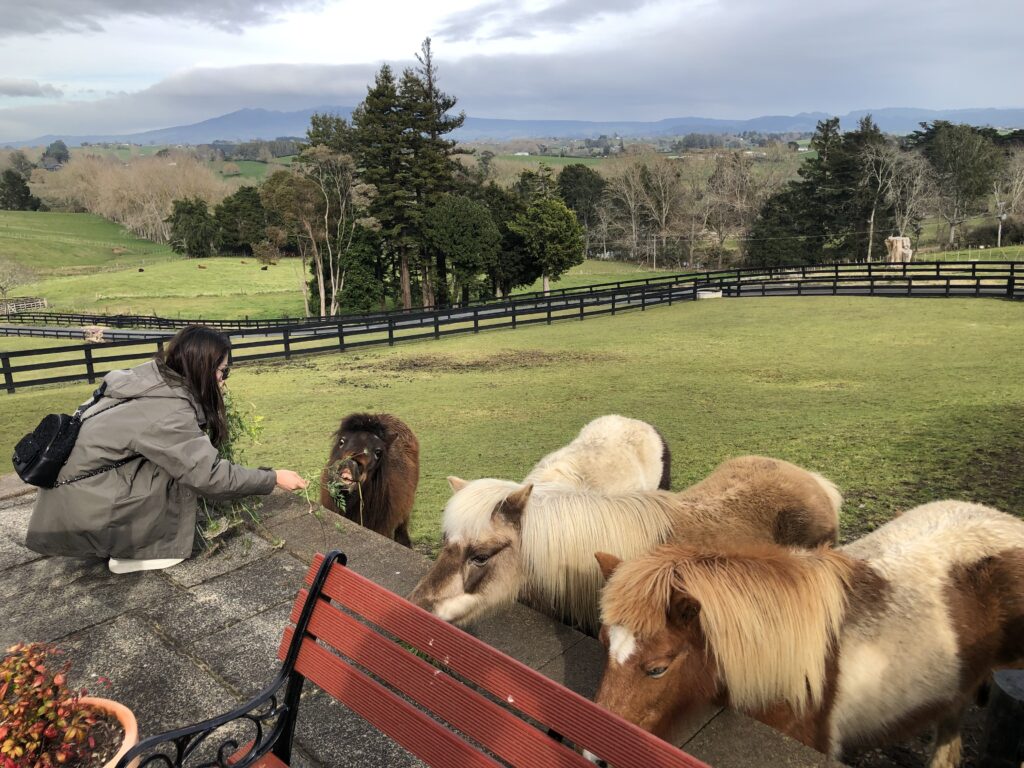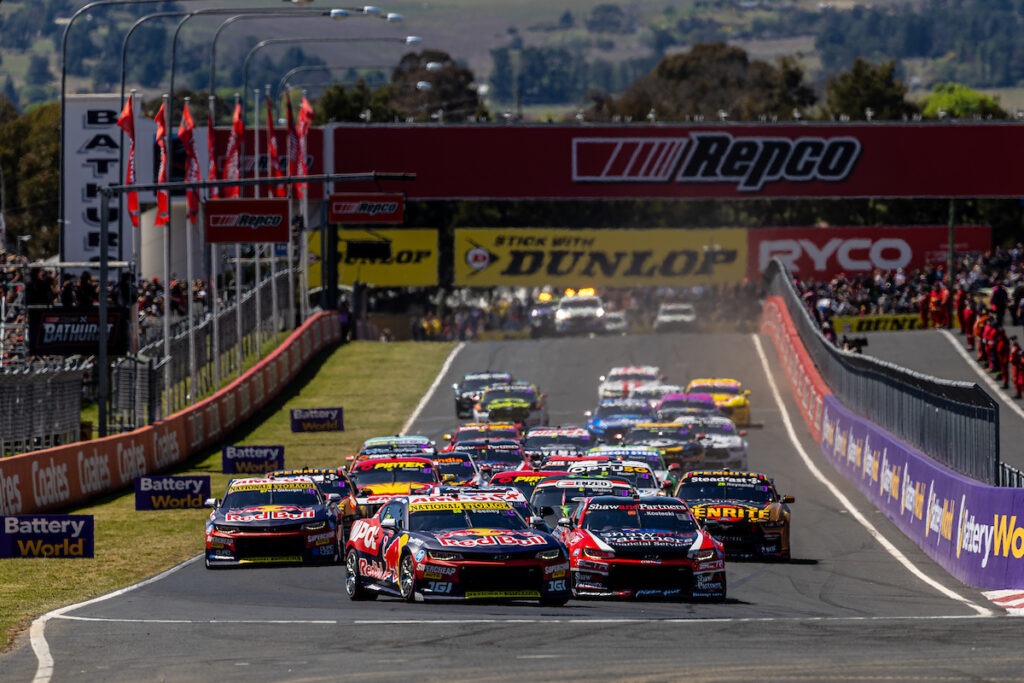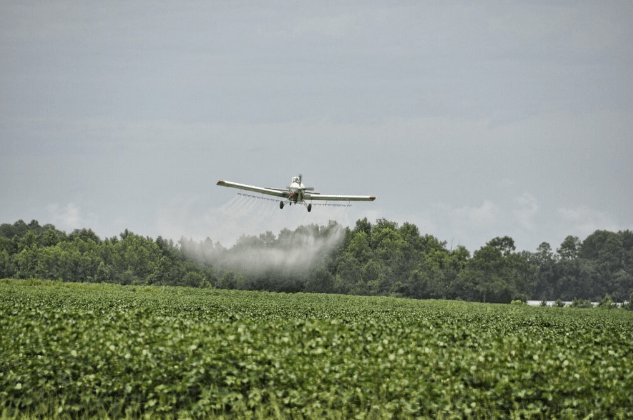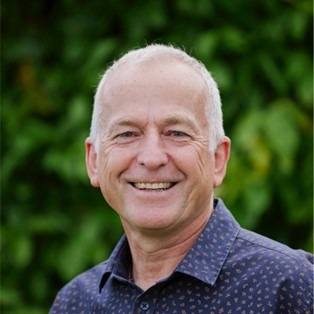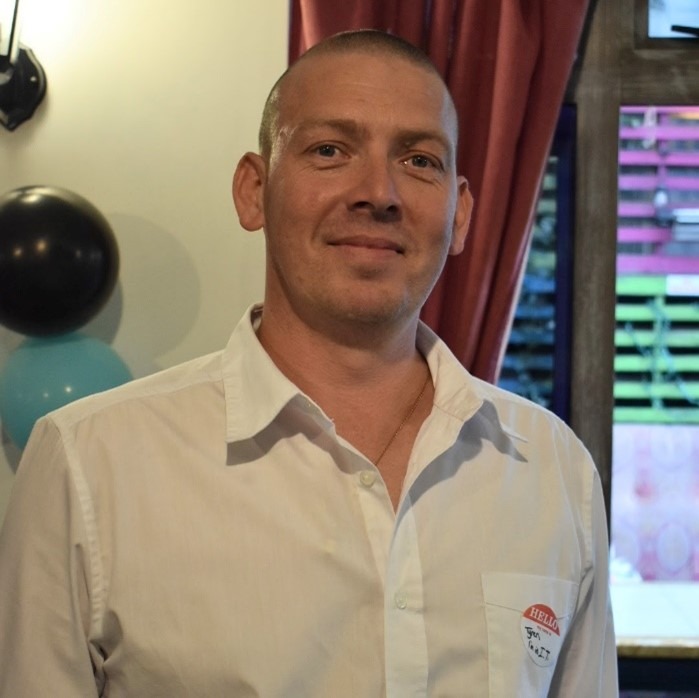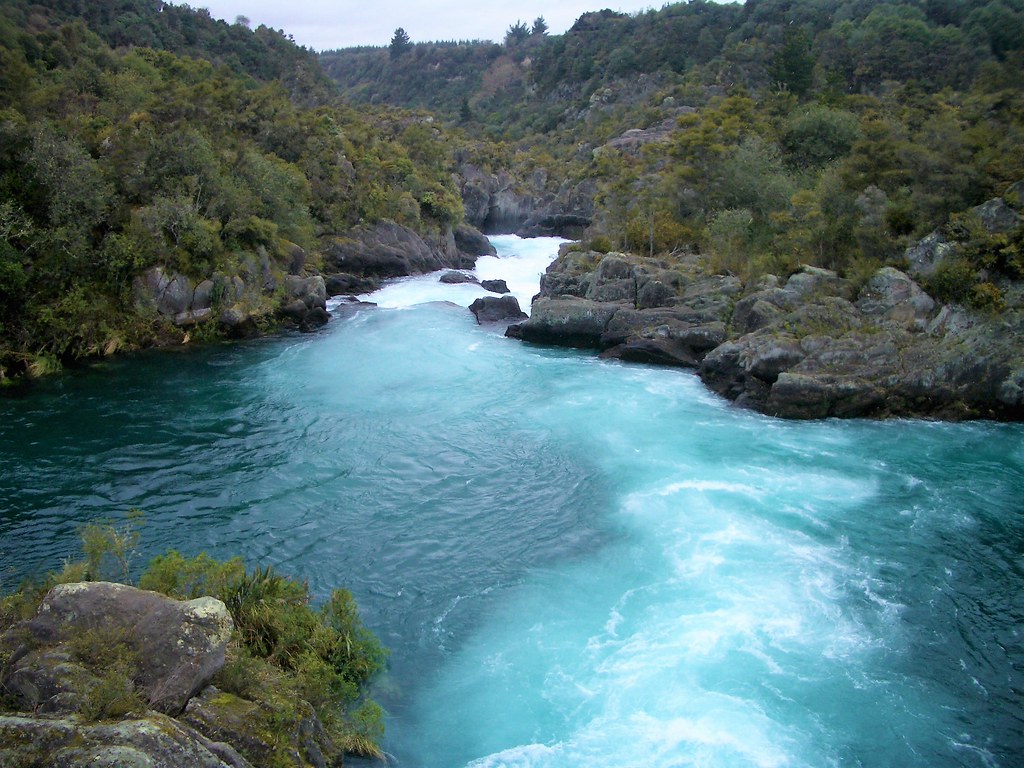In the diverse agricultural landscape of New Zealand’s North Island, understanding and enhancing soil structure is crucial for farming success. Profile Fertilisers stands at the forefront of providing tailored soil solutions that cater to the unique characteristics of the region’s varied soil types, from volcanic soils in areas like Waikato and Taranaki to the granular and pumice soils of the Central Plateau and the Northland region.
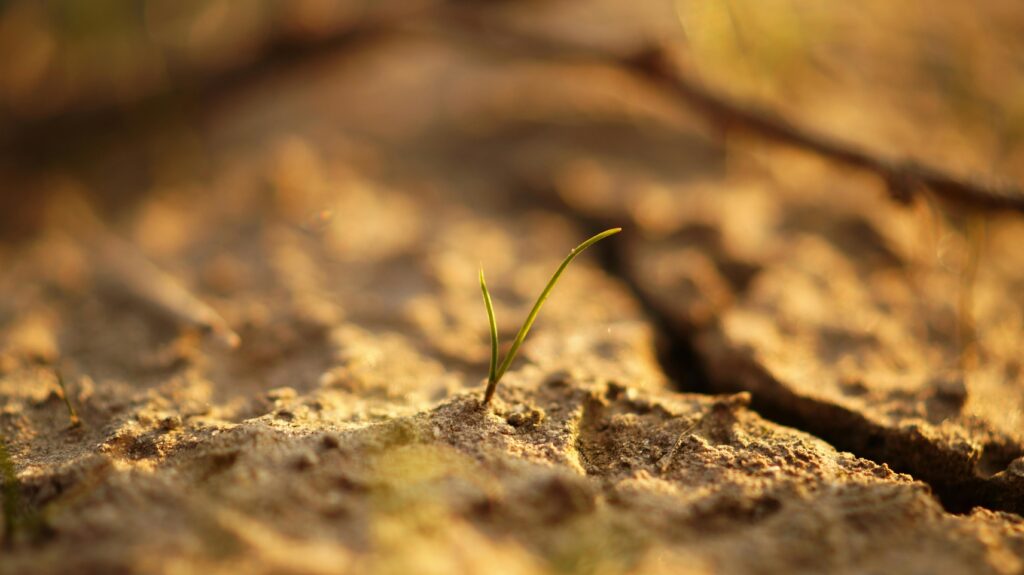
Volcanic soils, known for their rich allophane content, offer excellent water retention and nutrient availability, which are advantageous for farming. However, these soils also require careful management to prevent compaction and maintain their organic content. Profile Fertilisers supports these efforts with bespoke fertiliser blends that maintain the delicate nutrient balance essential for preserving the structural benefits of allophane-enhanced soils.
In addition to volcanic soils, the North Island features granular soils and pumice soils, which present their own set of challenges and benefits. Granular soils, often found in Northland, require careful nutrient management to avoid leaching due to their typically coarse texture. Pumice soils, whilst well-drained and light, can be nutrient-poor and prone to erosion. Profile Fertilisers addresses these issues with specially formulated products that improve nutrient retention and soil stability, enhancing plant growth and soil health.
Profile Fertilisers advocates for practices such as minimal tilling and controlled grazing to protect soil structure across these varied types. Their slow-release fertilisers encourage deep root development, crucial for maintaining soil porosity and aeration. This approach not only helps in preventing compaction but also optimises the absorption of nutrients, reducing the risk of runoff and environmental impact.
For farmers in New Zealand’s North Island, adapting fertilisation strategies to the specific needs of their soil type is key. Profile Fertilisers provides not only the necessary nutrients but also expert advice and support to ensure that soil management practices lead to sustainable productivity and long-term success. Through strategic partnerships with Profile Fertilisers, New Zealand farmers can enhance the health and productivity of their diverse soil types, securing the sustainability of their agricultural ventures.
Contact Profile Fertilisers
Don Henderson: 021 643 698
Contact Phillip Quay
027 458 7724



